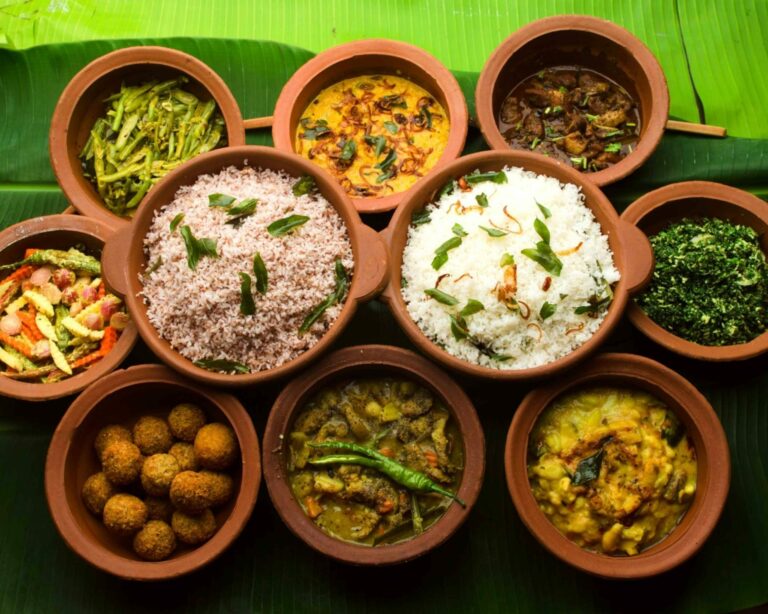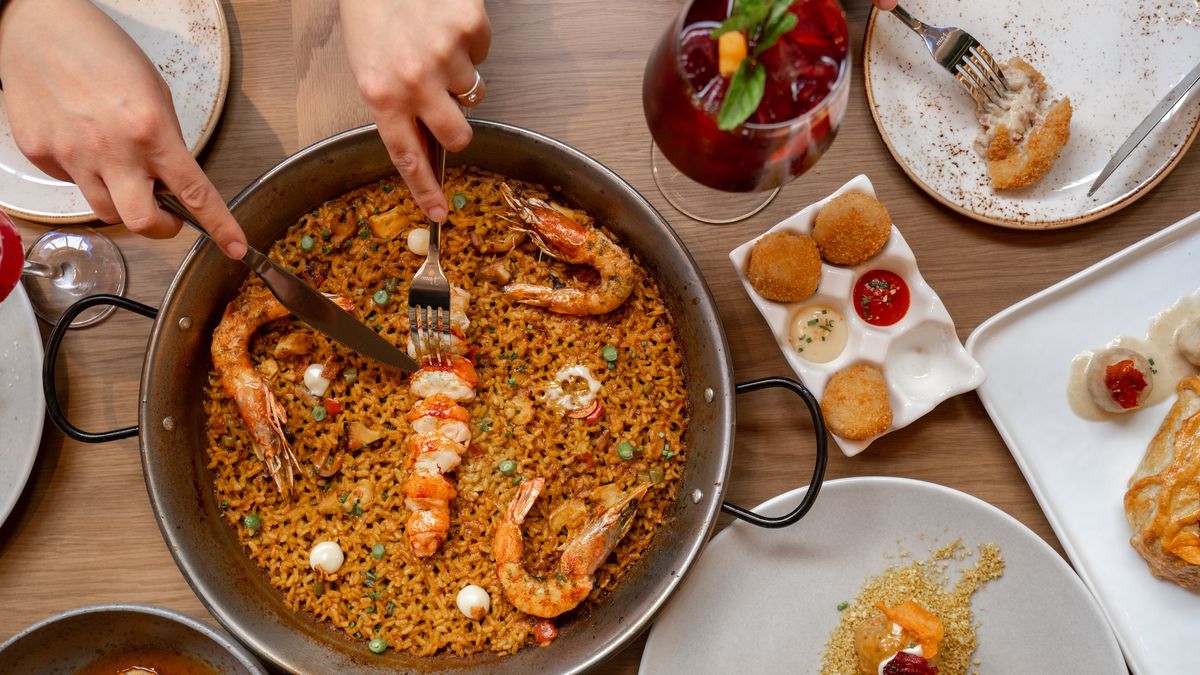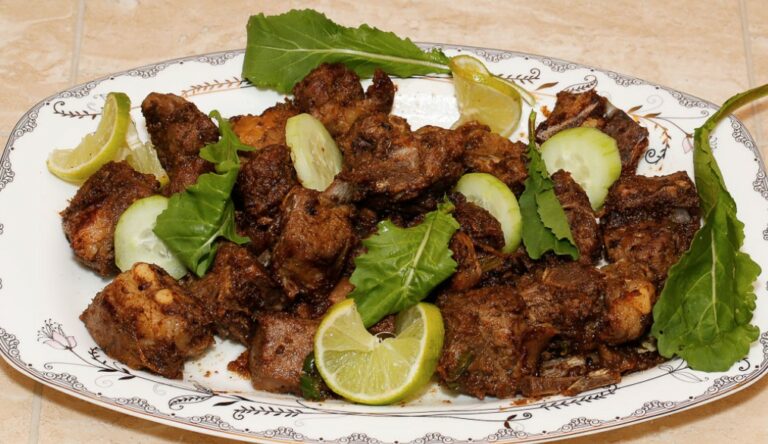Introduction: Traditional Food Preservation in Sri Lanka
Sri Lanka is a country with a rich cultural heritage, and food is an integral part of that heritage. Traditional Sri Lankan food is known for its unique flavors and textures, and certain preservation techniques have been used for centuries to ensure the longevity and quality of food. These methods have allowed people to preserve food for long periods of time, particularly during times of scarcity or when seasonal produce is not available.
Drying: The Oldest Food Preservation Technique
Drying is the oldest and most common way of preserving food in Sri Lanka. This method involves removing the moisture from the food, which inhibits the growth of bacteria and other microorganisms that cause spoilage. Popular foods that are dried in Sri Lanka include fish, fruits, and vegetables. Generally, the food is first washed and sliced, and then left to dry in the sun for several days. Some people also use ovens or dehydrators to speed up the process. The dried food can be stored for months or even years, and is often used in curries and other Sri Lankan dishes.
Fermentation: A Delicious Way to Preserve Food
Fermentation is another popular method of food preservation in Sri Lanka. This technique involves using microorganisms, like bacteria and yeast, to convert sugars and starches in the food into alcohol or acid. This process not only preserves the food but also adds unique flavors and textures. Some popular fermented foods in Sri Lanka include dosa, idli, and hoppers, which are made from fermented rice and lentil batter. Other fermented foods include pickles, chutneys, and even fish. Fermented foods are known for their health benefits, as they contain probiotics that can help improve digestion and boost the immune system.
Salting: A Popular Preservation Method in Sri Lanka
Salting is another common method of food preservation in Sri Lanka. This technique involves coating the food with salt, which draws out moisture and creates an environment that is inhospitable to bacteria. In Sri Lanka, fish is often salted and then dried in the sun to create a popular snack called “karawala”. Salted fish is also used in curries and other Sri Lankan dishes. In addition to fish, other foods that are commonly salted include meat, vegetables, and even fruit.
Pickling: A Tangy Way to Preserve Food
Pickling is a preservation technique that involves soaking food in a solution of vinegar, salt, and spices. This method not only preserves the food but also adds a tangy and flavorful taste. In Sri Lanka, pickled fruits and vegetables are popular, as well as pickled fish and meat. The pickling solution can vary depending on the ingredients and the desired flavor, and some people also add sugar or honey to balance out the acidity.
Smoking: A Flavorful Technique to Preserve Food
Smoking is a method of food preservation that has been used for centuries in Sri Lanka. This technique involves exposing the food to smoke from burning wood or other materials, which not only preserves the food but also adds a distinctive smoky flavor. Smoked fish and meat are popular in Sri Lankan cuisine, and are often used in curries and other dishes. The smoking process can take several hours, and the temperature must be carefully controlled to ensure that the food is preserved properly.
Conclusion: Traditional Methods Still Relevant Today
Despite the availability of modern methods of food preservation, traditional techniques are still widely used in Sri Lanka today. These methods not only preserve food but also add unique flavors and textures that are central to Sri Lankan cuisine. In addition, they are often more sustainable and environmentally friendly than modern methods, as they require fewer resources and produce less waste. By preserving these traditional techniques, Sri Lanka can continue to celebrate its rich culinary heritage and ensure that future generations can enjoy the delicious flavors of its preserved foods.




